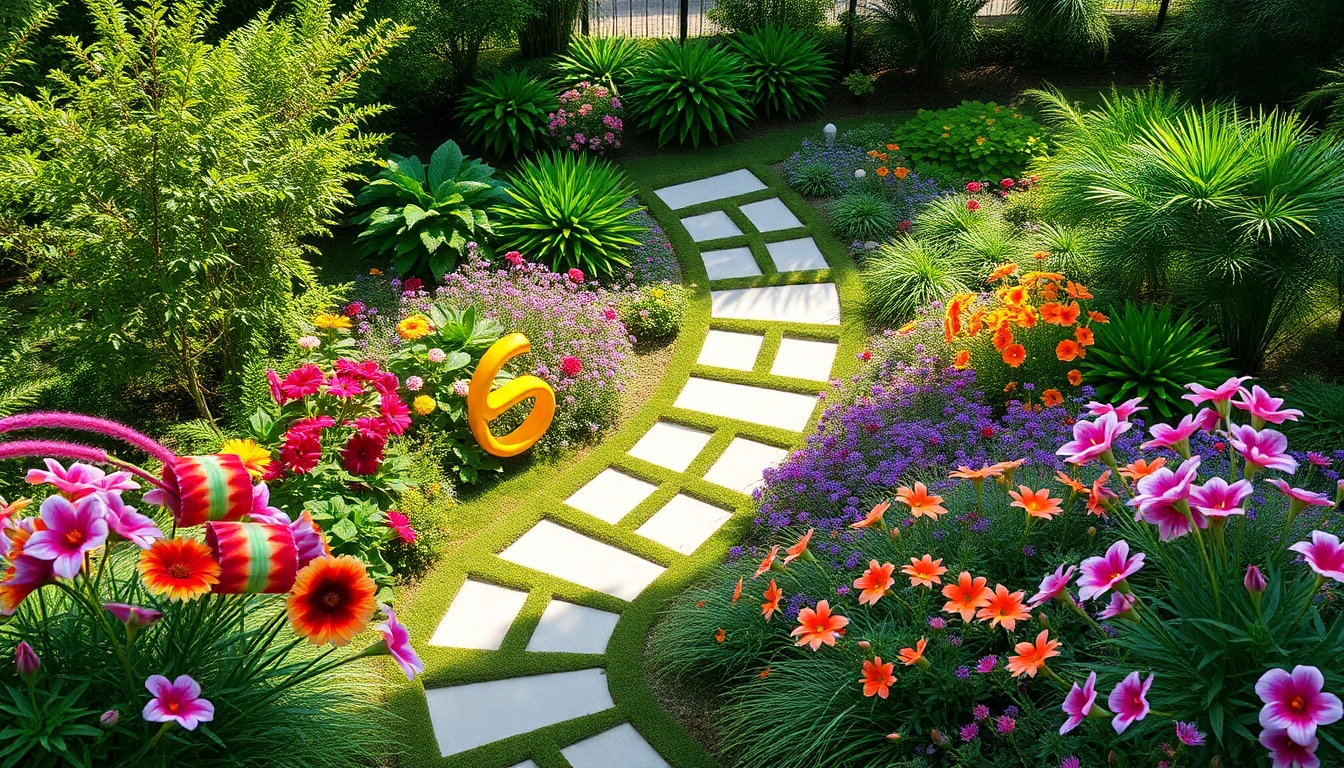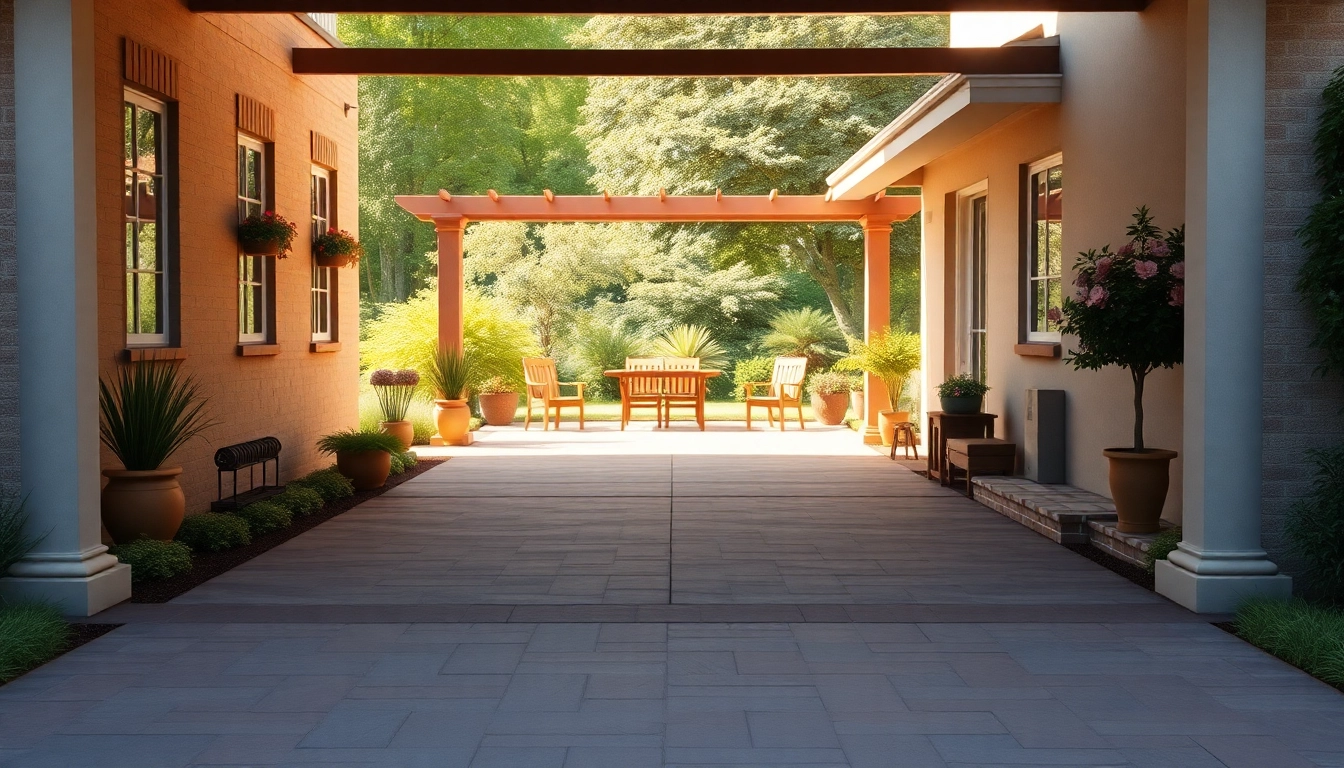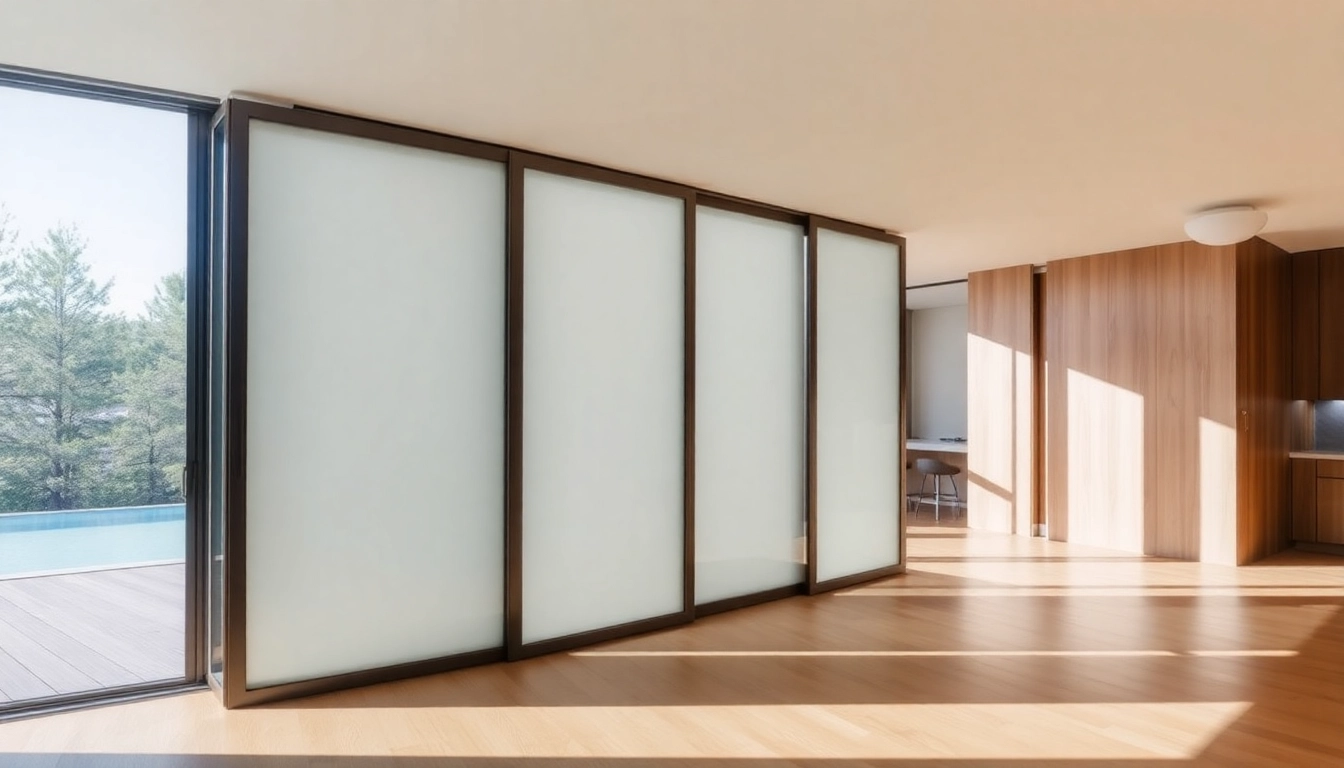Understanding Landscape Design Services
Landscape design services encompass a broad range of specialties aimed at enhancing outdoor spaces for aesthetic appeal, functionality, and environmental benefits. These services can transform residential gardens, commercial properties, or public parks into vibrant, harmonious settings. The right landscape design service can significantly elevate a space’s overall appearance while contributing to sustainable practices and biodiversity.
What is Landscape Design?
Landscape design is the art and science of arranging and modifying the features of a landscape for aesthetic and functional purposes. It combines various disciplines, including horticulture, ecology, and environmental design, to create outdoor spaces that are both beautiful and practical. Landscape designers work to create cohesive designs by considering topography, climate, soil, and the specific needs of the client.
Types of Landscape Design Services
Different types of landscape design services cater to various needs and client preferences:
- Residential Landscape Design: Tailored services for individual homes, focusing on gardens, patios, decks, and overall yard aesthetics.
- Commercial Landscape Design: Services aimed at businesses and public facilities, focusing on functional outdoor spaces that enhance user experience and business branding.
- Ecological Landscape Design: This approach emphasizes sustainability and biodiversity, integrating native plants and sustainable practices into the design.
- Hardscaping Services: Specializing in non-plant features such as patios, walkways, retaining walls, and fences, enhancing the outdoor layout.
- Maintenance Services: Ongoing care for landscaped areas to keep them aesthetically appealing and healthy over time.
Benefits of Professional Landscape Design
Engaging a professional landscape designer provides numerous advantages:
- Expertise: Landscape designers have training in horticulture and design principles, ensuring a well-thought-out end product.
- Time-Saving: Professionals can streamline the design and implementation process, allowing clients to focus on other priorities.
- Increased Property Value: Well-designed landscapes can significantly boost the value of a property by improving curb appeal and functionality.
- Sustainability: Professionals can provide solutions that respect the environment and incorporate sustainable practices to reduce water usage and promote biodiversity.
Key Elements of Effective Landscape Design
Plant Selection for Diverse Environments
Choosing the right plants is a cornerstone of successful landscape design. Factors such as climate, soil type, and sunlight requirements must guide plant selection. For example, drought-resistant plants are ideal for arid climates, while tropical plants thrive in warmer, humid regions. The use of native species can further enhance biodiversity and reduce upkeep since these plants are better adapted to local conditions.
Incorporating Hardscaping Features
Hardscaping refers to the solid, non-plant elements of landscape design. Features like patios, pathways, walls, and decorative rocks provide structure and functionality while complementing the surrounding greenery. An effective landscape design seamlessly integrates hardscaping with softscaping (the plant life), establishing a harmonious balance that enhances user experience.
Utilizing Color Theory in Landscaping
Color plays a crucial role in landscape design. Understanding color theory can help create visually appealing compositions. For instance, warm colors can make spaces appear cozier, while cool colors can evoke calmness. The strategic use of seasonal flowers can ensure color variation throughout the year, stimulating interest and aesthetic appeal over time.
Challenges in Landscape Design Project Implementation
Common Obstacles in Site Planning
Despite the best intentions, landscape design can encounter several challenges during the planning and implementation phases:
- Site Constraints: Each landscape has unique physical features that can complicate design, such as uneven terrain or existing infrastructure.
- Climate Factors: Unexpected weather conditions can delay implementation and affect plant choice and maintenance plans.
- Client Expectations: Miscommunication can lead to designs that do not align with the client’s vision, necessitating costly revisions.
Understanding Local Regulations
Landscape designers must navigate local zoning laws and regulations, which can impose restrictions on landscaping projects. Knowing these laws is essential to avoid fines or mandated alterations. Additionally, understanding permits required for installing hardscaping features ensures compliance and smooth project execution.
Budgeting for Landscape Design Services
Establishing a realistic budget is crucial for any landscape project. Costs can vary significantly based on design complexity, materials, and labor. A thoughtful budget plan includes initial design costs, implementation expenses, and ongoing maintenance, ensuring that clients can achieve their landscape goals without overspending.
Best Practices for Successful Landscape Projects
Collaborating with Landscape Designers
Effective collaboration between clients and designers is vital for producing desirable outcomes. Open communication about expectations, maintaining a budget, and understanding the client’s lifestyle and needs can significantly influence project success. Regular updates and feedback loops help adjust designs to better fit evolving preferences during the planning stages.
Incorporating Sustainable Practices
Designing with sustainability in mind not only benefits the environment but often reduces future costs. Incorporating native plants, utilizing rain gardens, and employing efficient irrigation systems are examples of sustainable practices in landscape design. Furthermore, these practices can enhance property values and attract eco-conscious buyers.
Maintaining Your Landscape Over Time
Landscaping does not end once the last plant is in the ground. Regular maintenance is essential to preserve the integrity and beauty of a landscape. Establishing a maintenance plan that includes seasonal plant care, pest control, and hardscape upkeep ensures that the space remains vibrant and functional for years to come.
Measuring the Success of Landscape Design Services
Evaluating Aesthetic Improvements
After the implementation of a landscape design, evaluating aesthetic improvements is key. Clients can assess visual appeal through personal satisfaction, but structured feedback such as surveys or social media engagement can provide more objective measures of success.
Tracking Environmental Benefits
Effective landscape designs often provide environmental benefits such as improved air and water quality, increased biodiversity, and natural habitat creation. Tracking metrics like the number of native plants introduced or the reduction of water runoff due to permeable surfaces can reveal the ecological impact of a landscape project.
Customer Satisfaction and Landscape Longevity
Finally, tracking customer satisfaction with the landscape design process and outcome can provide insights into overall success. Follow-up surveys and ongoing communication can inform designers about what worked well and what could be improved. Additionally, measuring how well the landscape withstands the test of time and seasonal changes reflects the durability of the design and its implementation.



